Collective, Connected, But Not Co-Located
To compete in the Pacific, the Army must overcome a perfect storm of distance, time and space. Pure geography requires I Corps to think differently, and act differently, than any other Army Corps. With elements in Washington state, Alaska and Hawaii, distributed operations have long been part of our rhythm. What we are doing now, to prepare for the future, is applying the concept of distributed operations—and emerging network and data technology—to how we can compete in this theater at speed and scale.
The I Corps Distributed Operations concept, which we are validating in our training and experimentation events, was developed to address communications challenges unique to the Pacific theater. Deploying land forces and their network gear in the middle of a crisis comes with significant limitations due to the broad, water-dominated area of operations.
But if we can establish a persistent information environment that is decoupled from physical server infrastructure, configured for cloud-native deployment and integrated into a tactical data fabric, we can be poised to rapidly provision mission command capability—on-demand—and scale it across a large area of operations to support multidomain operations convergence requirements.
This distributed communications approach not only improves speed of execution, but also addresses two other necessary elements for Army success in the Pacific. First, it advances interoperability with the joint services, as well as our allies and partners in the region. Second, it increases survivability: We avoid becoming a larger target if we don’t have to physically gather to fight.
To construct this persistent information environment, I Corps established a series of network and command nodes that are task organized and purpose built for the mission, representing a collective of all the warfighting functions. The concept of the structure is resilient and agile enough to adapt to different mission sets, while consistently providing access to authoritative data for commanders to see, understand, decide and transmit—through the network—a decision for action.
Designing the Network and Data for Distributed Operations
At the Corps level, the commander inherently has integrated capabilities at his or her disposal that integrate and synchronize information from tactical units. The challenge for the Pacific area of responsibility is that we aren’t operating just as an Army—we are always part of a joint force. We must be able to operate as a Joint Force Land Component Command or as a Joint Task Force. Accordingly, we must design a network that is available, resilient and provides options for the commander to both organize warfighting function capabilities and exchange data with mission partners.
The technical underpinnings of that network come in three parts: transport, a persistent information environment and datacentric capability. First, the transport capabilities that are connecting each of the nodes must be diverse, broad, assured and agnostic. We recognize there will never be enough bandwidth to satisfy all desires, at all times, in all regions, but by incorporating diverse transport pathways, we provide resiliency and distributed means to exchange information, synchronize joint fires and effects, and provide requisite command and control.
Additionally, the persistent information environment provides a secure, cloud-based hybrid library where our information is contained—without episodically standing up and standing down a specific network. This approach allows any force that moves into theater to plug in, access the library and its data, while getting to work as quickly as possible. Whether they are connecting with legacy Battle Command Common Services, upgraded Tactical Server Infrastructure, or cloud-enabled devices, units can link into the environment for the information they need to execute operations. Deliberate organization, both technical and procedural, accompanied by well-defined information flow is imperative to successfully operating in the cloud. Without this organization, new technology is merely additive rather than innovative.
The final piece, and the newest, is shaping the data contained in the library. Data belongs to the entire staff, not just the G6. We start with decisions. What is the information required by a commander or his/her designated representative to make a decision? Where does this decision need to be made? When is decision quality data required to inform this decision? Who, when and where must the decision be transmitted to for action? As a team, we are also determining not only what data is required at what echelon, but also when it is required—because timing is a key element to data classification and distribution.
We are also determining the authoritative data sources for each of the warfighting functions and where that data should aggregate. We are learning how distributed operations change the data location, processing, storage and transmission of each warfighting function. One of the emerging technologies that will assist in this process is a data fabric, which brings together multiple data sources and formats to enable better decision-making on the battlefield, and is part of ongoing experimentation with U.S. Army Pacific.
As the staff refines the needed data, that input allows us to shape the foundational network design to determine what information and operations can be processed at a home station node, and what must be resident at on-premises “edge nodes.” This is a mindset shift—understanding what pieces can be extended forward is critical to implementing a datacentric Corps.
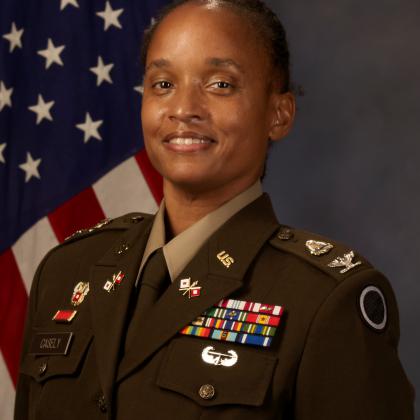
If we can establish a persistent information environment that is decoupled from physical server infrastructure, configured for cloud-native deployment, and integrated into a tactical data fabric, we can be poised to rapidly provision mission command capability—on-demand—and scale it across a large area of operations to support multi-domain operations convergence requirements.
Exercising the Concept
Not every training exercise is built for this kind of experimentation. To best evaluate and mature distributed mission command in realistic operational scenarios, I Corps took our quarterly exercise plan and wove in the new concept, adjusting the status quo.
For example, in February we participated in Cobra Gold, an exercise with mission partners that typically requires gathering our staff and equipment, then moving forward to the exercise location before we begin to operate. This time, we chose to maneuver to the exercise, allowing us to leverage the time in route to theater as an opportunity to conduct experimentation with our joint partners. As a result, we integrated our Army Mission Command Systems with expeditionary shipboard communications to Army strategic networks and our I Corps persistent information environment. This allowed us to pull air tracks information on a maritime vessel from forward locations thousands of miles away. Leaning forward with experimentation also allowed us to work through challenges such as joint bandwidth allocation, informing joint missions in the future.
On the mission command side, during the same exercise we stood up a forward cloud instance that allowed operators to access fires and command and control applications from different locations—and make changes that reflected across the entire environment. We kept these virtualized cloud-enabled systems paired with legacy systems to understand how they perform in different scenarios. Operators who had never fought this way before began to see what is possible, and to provide feedback both on how we can fight with this technology and influence its evolving design.
As we move forward, we are going to continue to conduct more process-oriented exercises to advance the operational concept, including our Warfighter in September. Next year we will participate in Talisman Sabre, which is Australia’s largest military exercise with the United States. Scenario planners are already incorporating the persistent information environment with diverse, assured and interoperable transport, as well as deliberately understanding what mission data exchanges need to occur. For example, what does a fires thread look like in distributed environment? How do we connect not just our own core nodes, but other nodes across the theater as part of a coalition and joint task force?
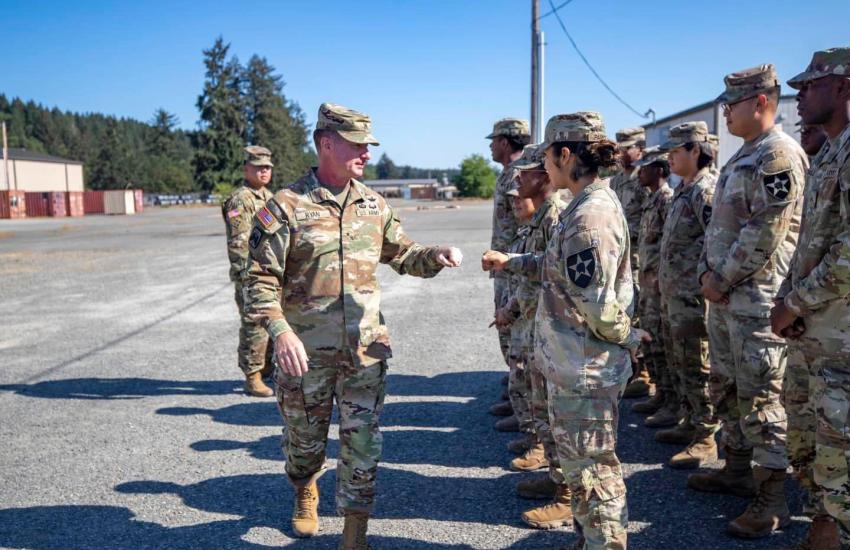
While the Pacific is unique, our experimentation is extremely relevant to the broader Army network modernization effort that focuses on diverse, agnostic transport, hybrid cloud environments, and data centricity for increased decision speed, resiliency and survivability. We remain tightly connected with the Army Futures Command Network Cross-Functional Team and synchronized with the Department of the Army Headquarters enterprise leadership. We will continue to provide lessons learned from the warfighter perspective to the institutional Army in support of the Unified Network Plan and the Army Data Plan. Importantly, our feedback is not only centered on how to use new technology but also the people and talents needed to operate most effectively in this new, distributed approach.
Having the right people is critical to sustaining this capability for the Corps and the Army. As we test our model to see if it is feasible and repeatable, in parallel we must recruit, develop and retain leaders and soldiers who are invested in doing and learning at the same time. The skill sets of data and cloud science and engineering must be resident within our formations.
The I Corps Distributed Operations concept has the potential to transform how the Army contributes to the joint fight and competes in the Pacific. By breaking traditional geographic restrictions and providing command and control options for the joint force at speed and scale, we can deliver an advantage for future operations.
Col. Liz Casely, USA, is the G6, I Corps. She entered military service at the United States Military Academy (West Point). She deployed twice to combat operations in northern Iraq, near Tikrit from 2008 to 2009 and Baghdad from 2010 to 2011. On both deployments she was responsible for planning and managing the communications networks for military units in Northern Iraq and Central Iraq.
Upon her return from Iraq in 2011, she drove the establishment of the Indo-PACOM Joint Cyber Center for the United Stated Indo-Pacific Command then commanded the 86th Expeditionary Signal Battalion in Fort Bliss, Texas. Following this she served as a mission command (communications equipment) and defensive cyber program analyst in the Headquarters Department of the Army G8, as well as chief of staff for the Army Futures Command Network CFT.
Beginning in 2021, Casely was selected to serve in a brigade level (centrally selected) position as the I Corps G6.
This is the third in a series of online articles written by Army Signal Corps officers.
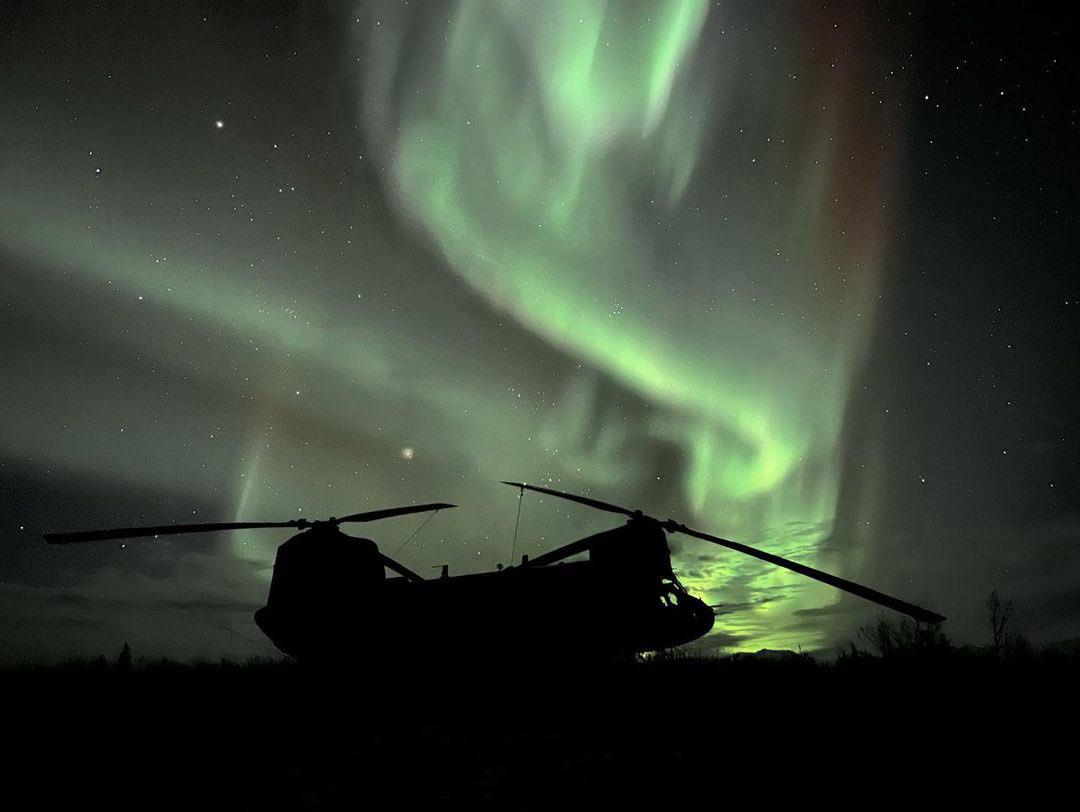
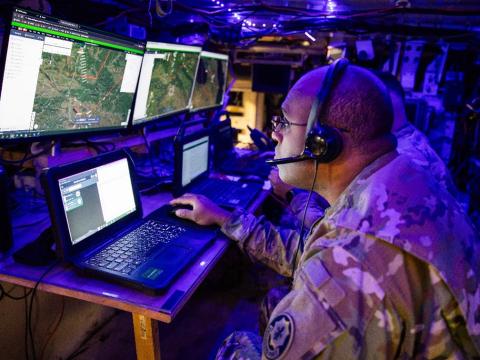
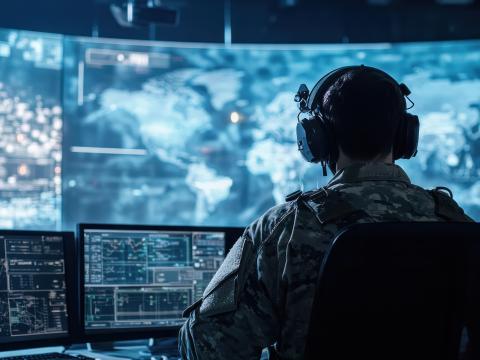
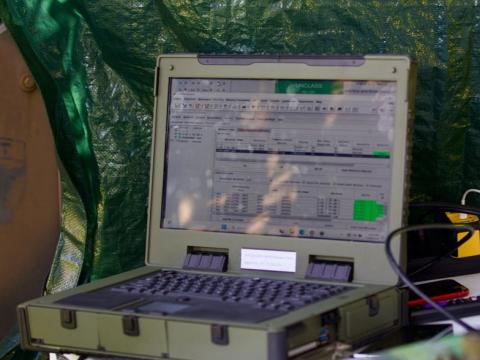
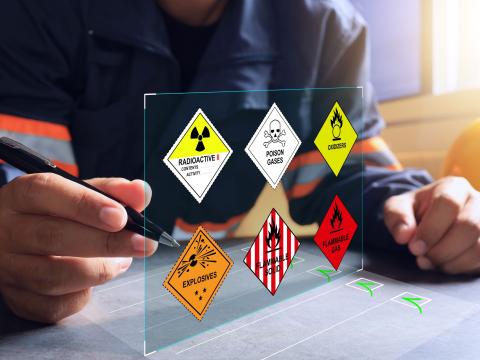
Comments